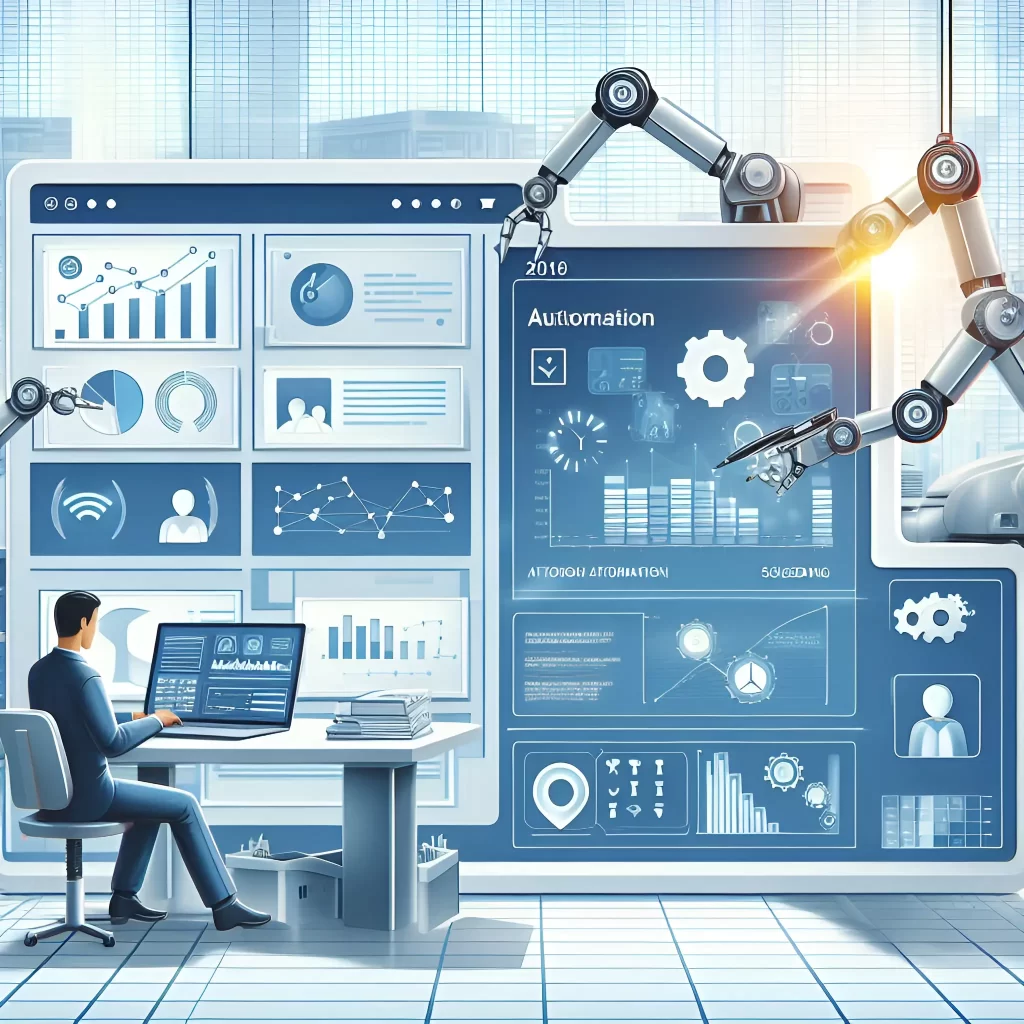Introduction
The emergence of Artificial Intelligence (AI) in the creative fields of video and graphic design has transformed the way artists and designers approach their work. AI tools are increasingly capable of generating visuals, editing videos, and enhancing creativity, making them indispensable in modern design workflows.
One notable advancement in this area is Adobe’s Firefly Video Model. This tool allows users to create and edit video content with the help of AI, streamlining the creative process and enabling users to focus more on their artistic vision rather than technical execution. Adobe’s Firefly Video Model is significant in the market as it represents a major step towards integrating AI deeper into established design software, potentially setting a new standard for the industry.
In a competitive landscape, Adobe’s tool faces challenges and competition from other major players such as OpenAI’s Sora, ByteDance, and Meta. Each of these companies is developing its own AI-driven solutions for video and graphic design, which raises the stakes for innovation and user adoption. While Adobe has a strong reputation and a large user base, the effectiveness and features of these competing tools will play a crucial role in shaping the future of AI in creative fields.

The Role of AI in Video and Graphic Design
A. Current Adoption Rates
98% of Designers Use AI Daily; Only 65% Say It’s Ethical
A significant majority of designers, 98%, report using AI tools on a daily basis. However, there are ethical concerns surrounding this adoption, as only 65% of designers believe that using AI in their work is ethical. This discrepancy highlights the ongoing debate about the role of AI in creative fields and the implications it has for design practices. For more details, you can refer to the article on Web Designer Depot.
B. Impact on Workflow
AI in Design Statistics for 2025: Impact, Trends, and Opportunities
AI tools are anticipated to significantly impact design workflows, with projections indicating a workload reduction by 45% by 2025. This reduction allows designers to shift their focus towards high-level tasks that require more strategic thinking and creativity. Insights into these trends can be found in the article on SEO Sandwitch.
C. Human vs. AI Creativity
AI in the Graphic Design Industry: Key Statistics and Trends Revealed
In the graphic design industry, there is a prevailing sentiment among designers regarding the relationship between AI and human creativity. Notably, 90% of designers believe that AI will not replace human creativity, and 68% express excitement about the integration of AI into their work processes. This perspective suggests a collaborative future where AI enhances rather than replaces human creativity. Further analysis is available at Zipdo.

Adobe’s Approach
A. Features of Firefly Video Model
Adobe’s Firefly Video Model is designed to enhance video and graphic design through AI. One of the key aspects of this model is its focus on training data usage and rights for commercial applications. Adobe ensures that the data used to train Firefly is ethically sourced, adhering to copyright laws and providing users with the rights necessary for commercial use of generated content.
Moreover, the initial rollout strategy for Firefly is aimed at creating accessibility for users. Those interested can join a waiting list to gain early access, ensuring that feedback from initial users can shape the further development of the model.
B. Integration and Collaboration
Adobe’s Firefly Video Model promises seamless integration with existing footage and tools, allowing designers to incorporate AI-generated elements into their projects effortlessly. This integration is crucial for enhancing workflow efficiency and creative possibilities.
Case studies highlight successful collaborations between Adobe and major brands such as Gatorade and Mattel. These partnerships showcase how AI has been utilized in video projects, demonstrating the potential of Firefly to transform traditional design processes and deliver innovative solutions for brand campaigns.

Opportunities Presented by AI
A. Enhancing Creativity and Productivity
AI has significantly transformed the landscape of graphic design, particularly in enhancing creativity and productivity. One notable statistic is that AI-driven templates can improve productivity by 40% in marketing campaigns. This efficiency allows designers to focus more on creative aspects while automating repetitive tasks, leading to quicker turnaround times and more innovative outputs. For more insights on AI-powered graphic design statistics, you can visit seosandwitch.com.
B. Future Trends in AI Design
Looking ahead, the next decade is poised to witness substantial growth in the integration of AI within graphic design. Experts predict a surge in AI-driven tools that will enable designers to push the boundaries of creativity further than ever before. Innovations are expected to emerge, providing new ways for designers to interact with AI, enhancing their workflow and creative processes.
C. Ethical Considerations
As the use of AI in creative industries expands, it brings forth important ethical considerations. Companies are increasingly aware of the challenges posed by AI, such as issues of originality, authorship, and the potential displacement of human designers. Navigating these challenges requires a thoughtful approach to ensure that AI serves as a complement to human creativity rather than a replacement.

Industry Impact and Future Outlook
A. Competitive Landscape
Adobe has established itself as a leader in the field of graphic design and video production software. Its suite of tools, including Photoshop, Illustrator, and Premiere Pro, has been enhanced with AI capabilities, giving it a competitive edge over rivals such as Corel and Affinity. By continually investing in AI technology, Adobe positions itself not only as a software provider but as a pioneer in the integration of AI into design workflows. This strategic focus on AI allows Adobe to maintain market leadership and respond effectively to emerging trends and user demands.
B. The Future of Design with AI
The long-term implications of AI adoption in graphic design and video production are profound. AI tools are expected to automate repetitive tasks, allowing designers to focus on creative aspects of their work. As AI becomes more integrated into the design process, future designers will need to adapt to a landscape where collaboration with AI is the norm. This could lead to a shift in skill sets, emphasizing creativity and strategic thinking over technical execution. Designers who embrace AI as a collaborative partner may find new opportunities for innovation and expression in their work.
C. Conclusion
AI has the potential to transform the landscape of video and graphic design significantly. By automating routine tasks and enhancing creative possibilities, AI tools can help designers work more efficiently and creatively. It is essential for designers to embrace these technologies responsibly, ensuring that they enhance rather than hinder the creative process. The future of design with AI is promising, and those who adapt to these changes will likely lead the way in the evolution of the industry.



